SUMMARY
This is AI generated summarization, which may have errors. For context, always refer to the full article.

ALIAGA, Nueva Ecija – Every 24th of June, the quiet barangay of Bibiclat welcomes hundreds of tourists and devotees of St. John the Baptist, their patron saint.
This welcome is accompanied by a uniquely-dressed group of devotees.
They are called the “Taong Putik” (mud people) of Bibiclat: they welcome visitors with their own brand of religiosity, with mud smeared all over their bodies, covered with dried banana leaves.
The tradition came from a story told around the Japanese period. It was said that a group of Japanese soldiers were ambushed by guerrilla rebels. In retaliation, the Japanese officers ordered all the men of the community arrested and brought to the chapel grounds. The Filipino men were about to be shot at noon when heavy rain poured, hampering the execution. The Japanese officers ordered the execution stopped and set the men free.
The people then danced in jubilation and played in the mud. They attributed the miracle to St. John the Baptist.
According to village elders, people who attend the unique celebration fulfill a vow or “panata” for a family member’s good health. One of them is Eugenio Alamon, 62, who has been dressing up in mud and leaves for years, praying for good health.
“I already had 3 mild heart strokes, I couldn’t walk,” Alamon told Rappler. “But my children did their ‘panata’ and now I could walk again.”
More than 500 men, women and children gathered in Biblicat for this year’s feast of St. John the Baptist, covered with mud and adorned with grass and dried banana leaves. They woke up at 4am and went to the nearest rice paddies to smear mud on their bodies and wear the grass or dried leaves.
Then they walked around the community and begged for candles or money to buy candles, which they lit for prayer intentions. Afterwards, they proceeded to the St. John the Baptist Chapel for a celebration of the Holy Mass.
A simple parade of the saint’s statue around the community followed, with the devotees carrying lit candles and roses, imitating the saint.
Here are Rappler’s photos:
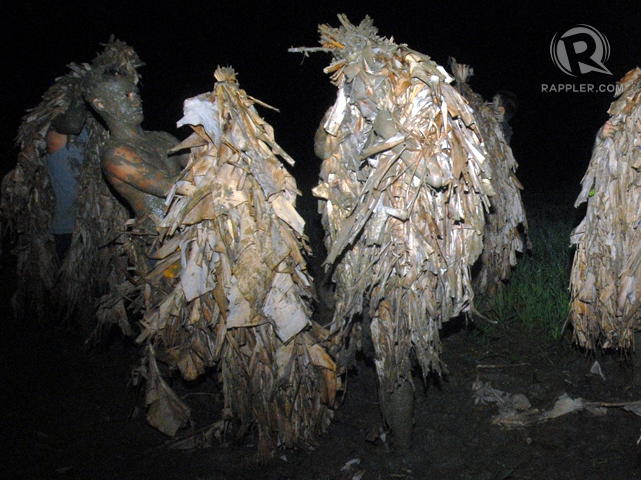

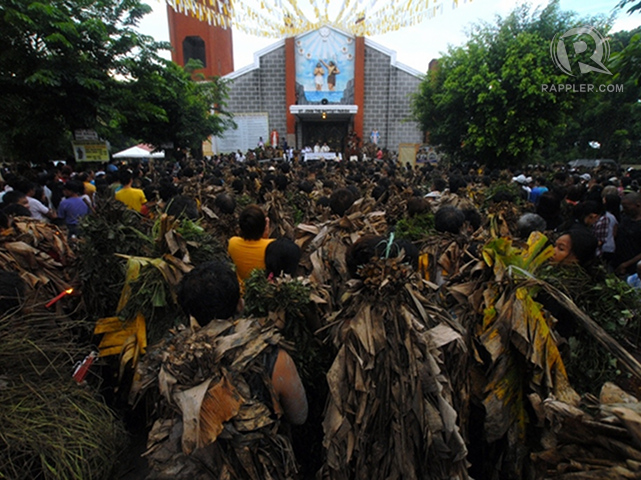
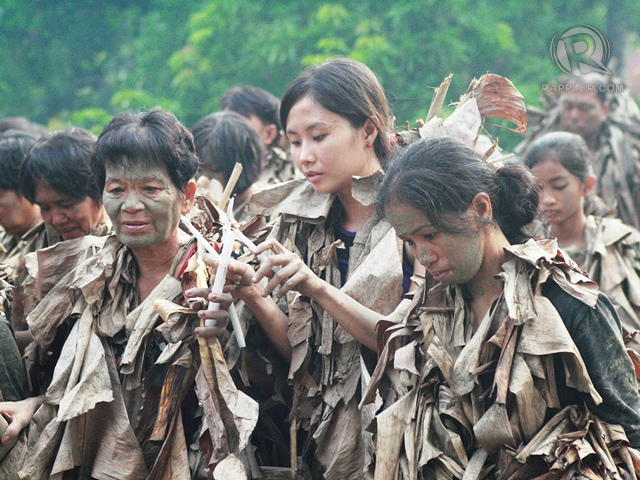

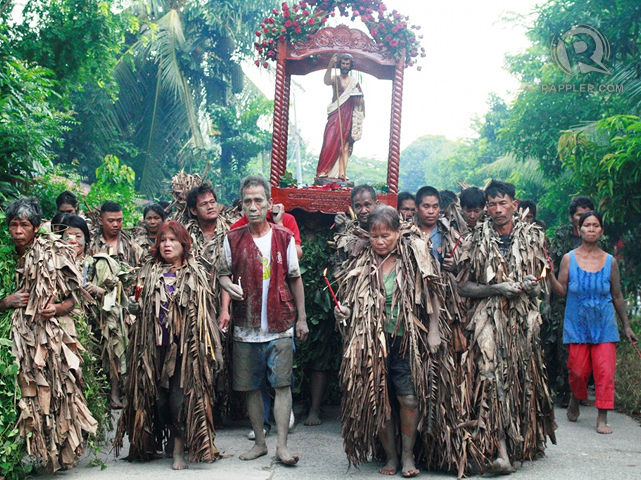
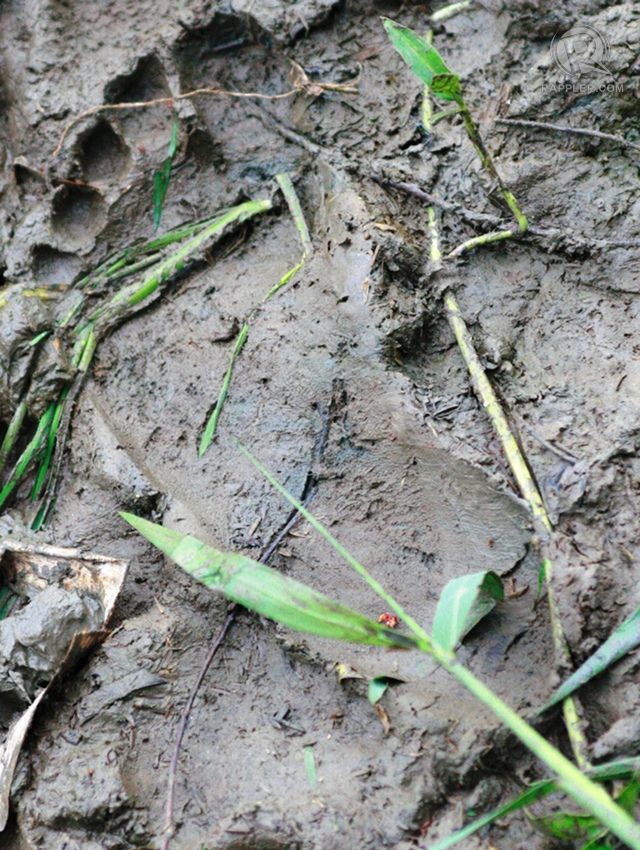
– Rappler.com
Add a comment
How does this make you feel?
There are no comments yet. Add your comment to start the conversation.